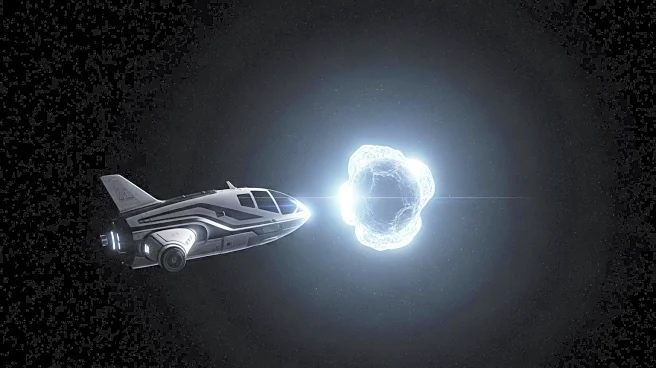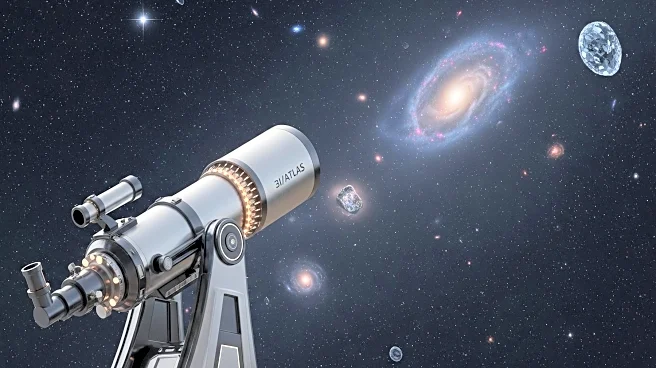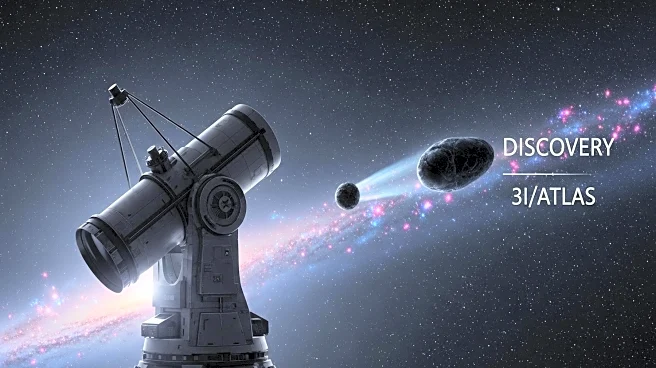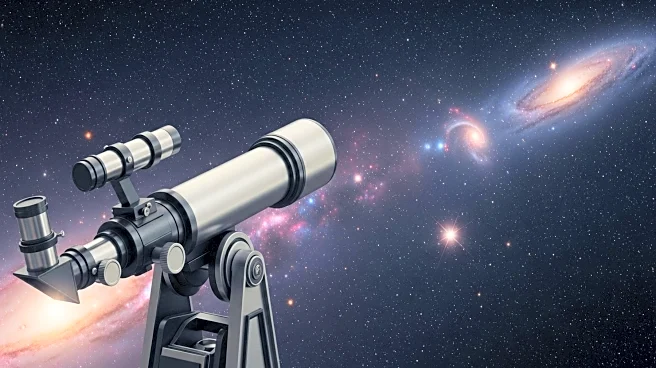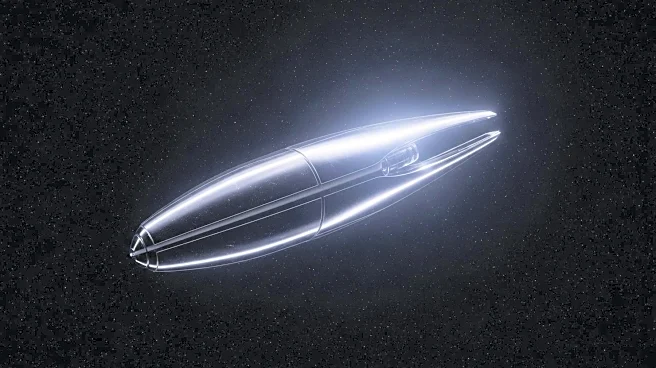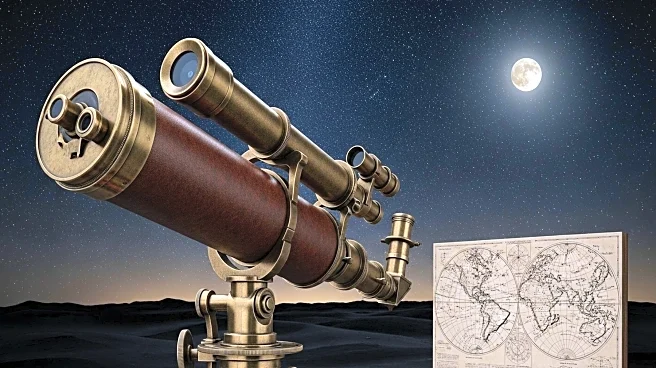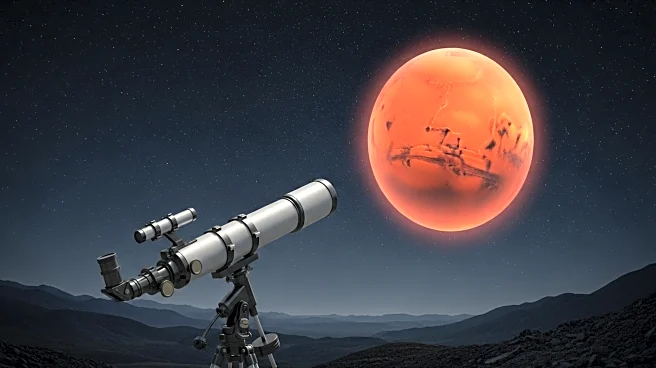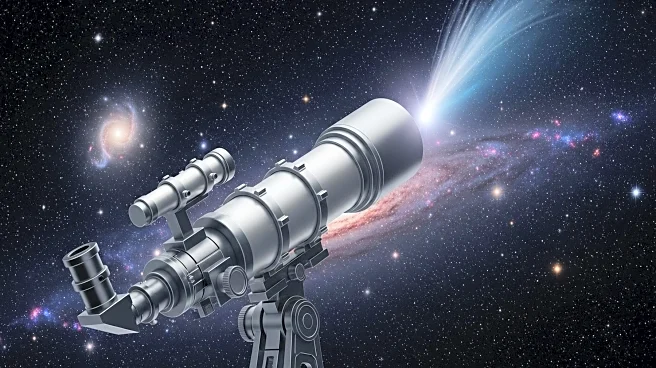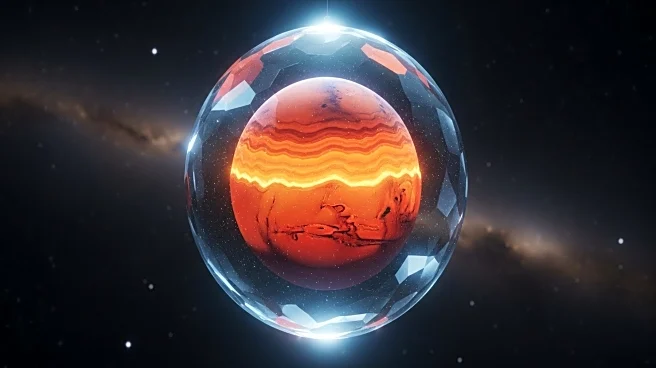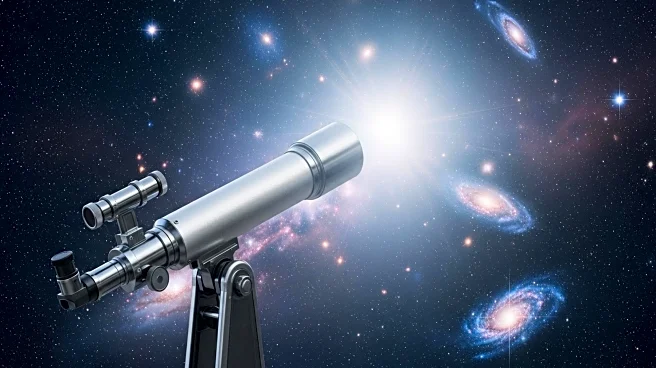What's Happening?
Avi Loeb discusses the complexities of measuring the mass of the interstellar object 3I/ATLAS. Observations from the SPHEREx space observatory suggest a large nucleus or an opaque dust cloud with a diameter of 46 kilometers. The mass of the nucleus is estimated to be significantly larger than previous interstellar comets. Loeb explores methods to measure the mass, including using the rocket equation and gravitational interactions with planets. The upcoming close approach of 3I/ATLAS to Mars and Jupiter presents opportunities for further study.
Why It's Important?
Understanding the mass and characteristics of 3I/ATLAS is crucial for advancing knowledge of interstellar objects and their behavior. Accurate measurements can provide insights into the composition and dynamics of such objects, potentially influencing theories about the formation and evolution of celestial bodies. The study of 3I/ATLAS may also contribute to the broader field of astrophysics and the search for extraterrestrial life.
What's Next?
Researchers aim to utilize upcoming close approaches of 3I/ATLAS to Mars and Jupiter to refine mass measurements. Continued observations and data analysis will be essential in resolving uncertainties and enhancing understanding of this interstellar object.
